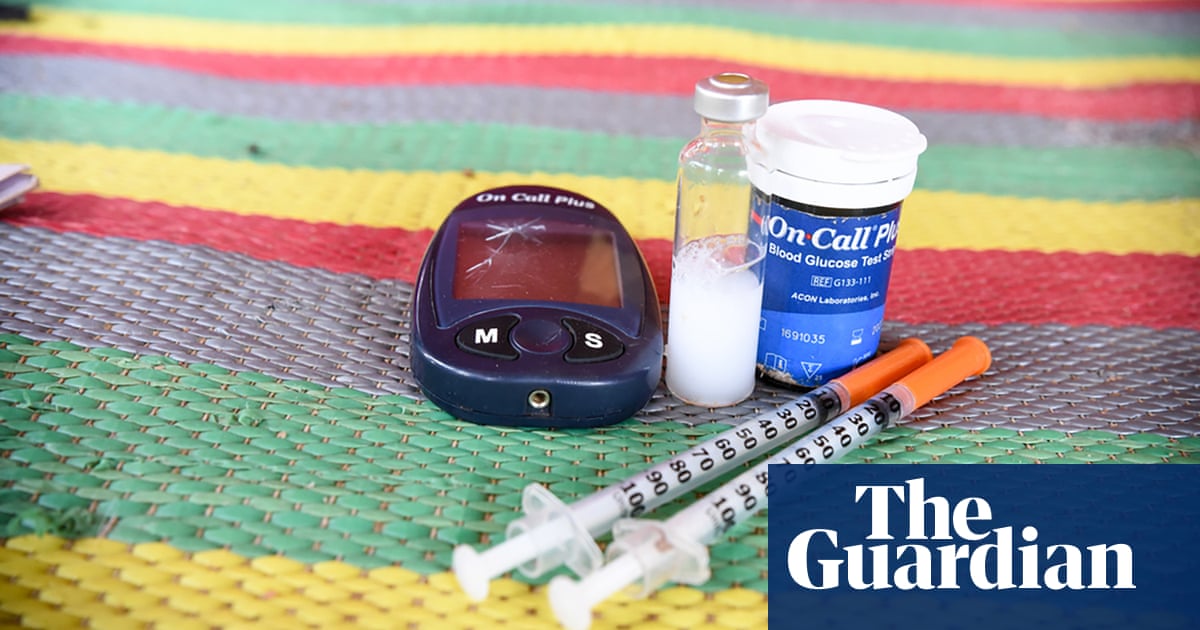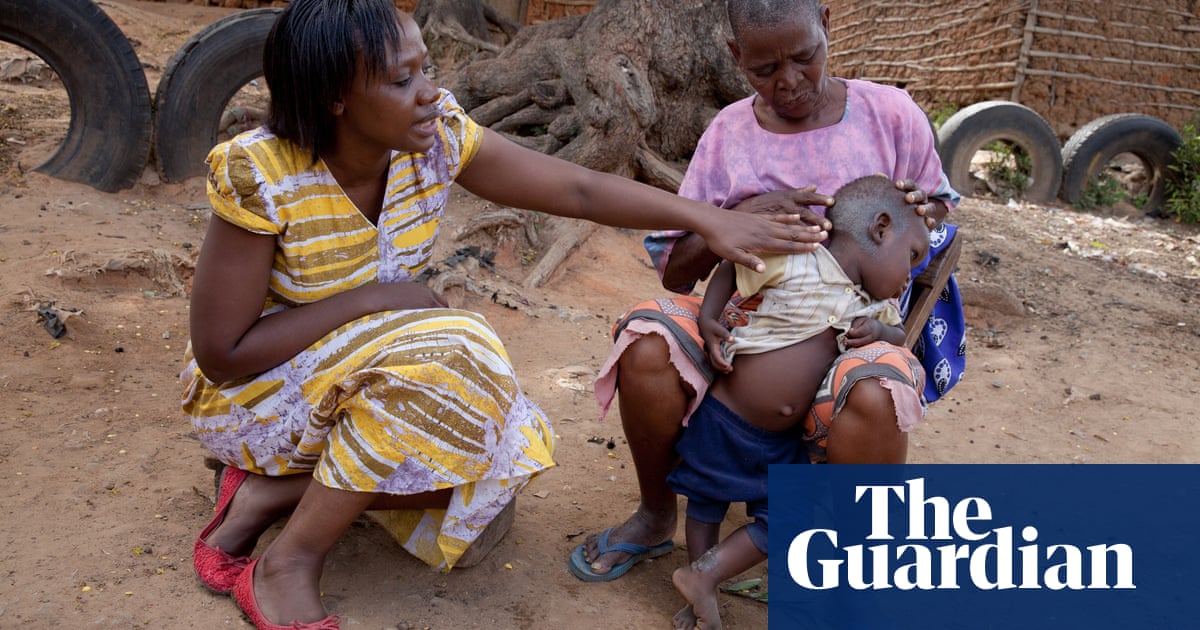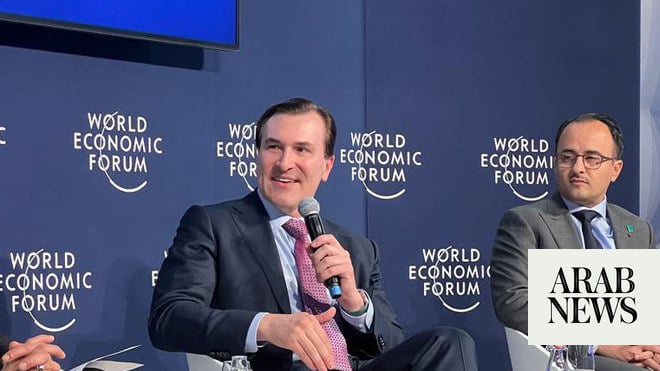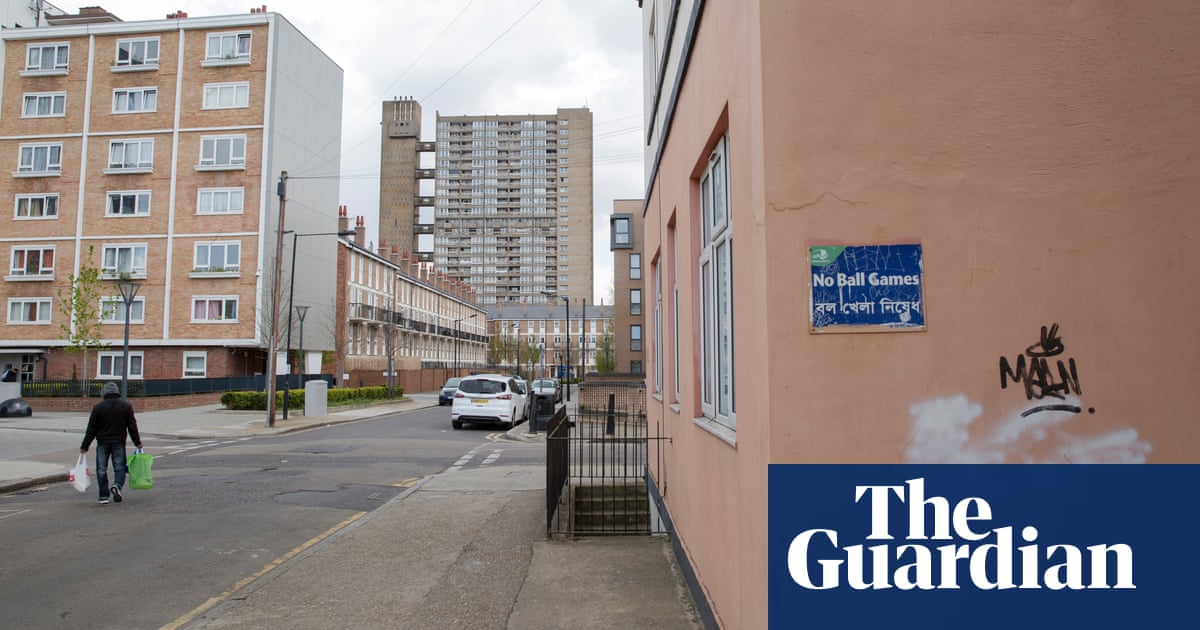
Diabetics in poorer countries are spending on average 10 times more of their income on insulin than people in wealthier states, according to a new survey.
A month’s worth of insulin costs up to 27 days’ salary in Cameroon and 20 days in Nigeria and Myanmar, according to a survey of prices at pharmacies in 47 countries. In upper-middle-income countries, insulin costs an average of four days’ wages.
The snapshot study by the NGO Health Action International was based on glargine: a long-acting insulin used by type 1 diabetics. It comes on the first anniversary, this week, of a pledge made at the World Health Assembly to ensure all type 1 diabetics had affordable access to insulin and blood glucose-monitoring materials.
The NGO measured the cost of 1,000 units of insulin – roughly a month’s supply – against the wage earned by a country’s lowest-paid unskilled government worker, a measure often used to judge affordability of medicines.
Dr Marg Ewen, who led the project, said a month’s worth of insulin should not cost more than one day’s wages. “What people need is medicines to be available and affordable. Affordability is an issue because people have to pay out of pocket and, of course, they don’t have high incomes.
“If you’ve got to work over one day a month for a month’s supply then that would be unaffordable because there can be other people in the family who have to have medicines paid for, or the person living with diabetes could have comorbidities where other medicines have to be purchased as well.”
The WHA resolution was made 100 years after human insulin was developed and injected to treat diabetes. The scientists who developed it protected it from being patented, intending for it to remain affordable. However, modern synthetic insulin is patented by a few companies, which have been criticised for charging high prices.
While insulin was most expensive in the US, where it costs $172 (£138) for 1,000 units, it cost $120 in Lebanon, $77 in Ethiopia and more than $40 in Cameroon, Nigeria and Myanmar. Insulin bought through the private sector was cheaper in several high-income countries, including Denmark, Norway, Belgium and France. In Australia, insulin cost $16. A lack of transparency on insulin-procurement costs makes it difficult to know why prices are widely different, but added costs along the supply chain from importers, distributors and retailers, as well as sales taxes, will be factors.
Cyrine Farhat, who has type 1 diabetes and is the founder of the Lebanon-based advocacy group Positive on Glucose, said the country’s economic crisis has made insulin unaffordable for many people.
“Some people still get paid about $200 a month. So, this is a very big chunk of a person’s salary, sometimes 100% of the person’s salary, sometimes 50%, and sometimes 1,000%,” she said.
Farhat buys her insulin from a company that imports medicine from Turkey, costing her about $400 a month, which she can only afford because she works for an international not-for-profit organisation. She said the cost is made worse because the health system is mostly privatised, forcing people to pay for basic services needed to manage the condition.
“I know people who have to choose, do they put food on the table or do they buy insulin for their children? Of course, there are people who are insulin rationing and I know individuals who will totally depend on donations,” she said.
Elizabeth Pfiester, the executive director of advocacy group T1International, said the goal should be for blood glucose-testing equipment and insulin to be 5% of median income. “Insulin is as essential as water for people with type 1 diabetes. If we don’t have it, we will die. It’s as simple as that,” she said.












